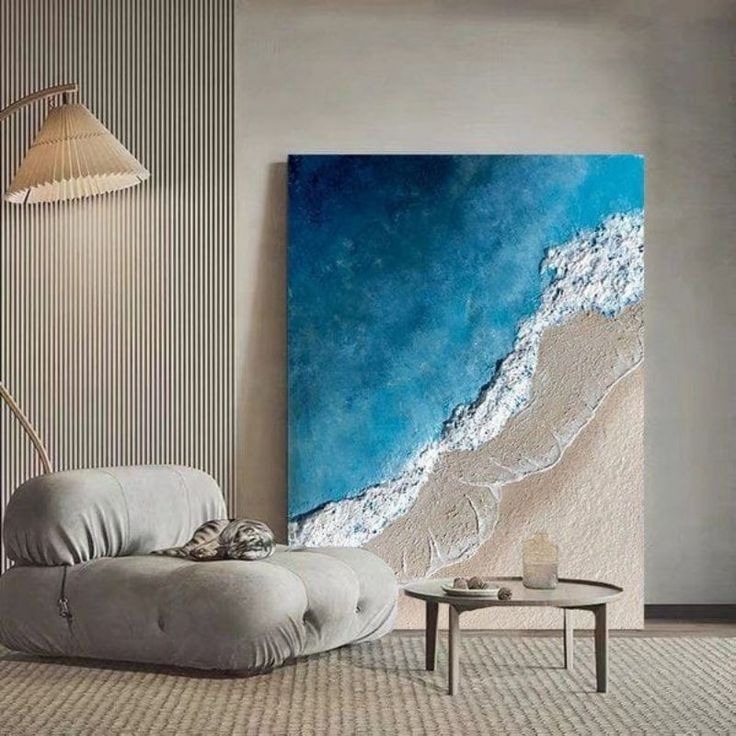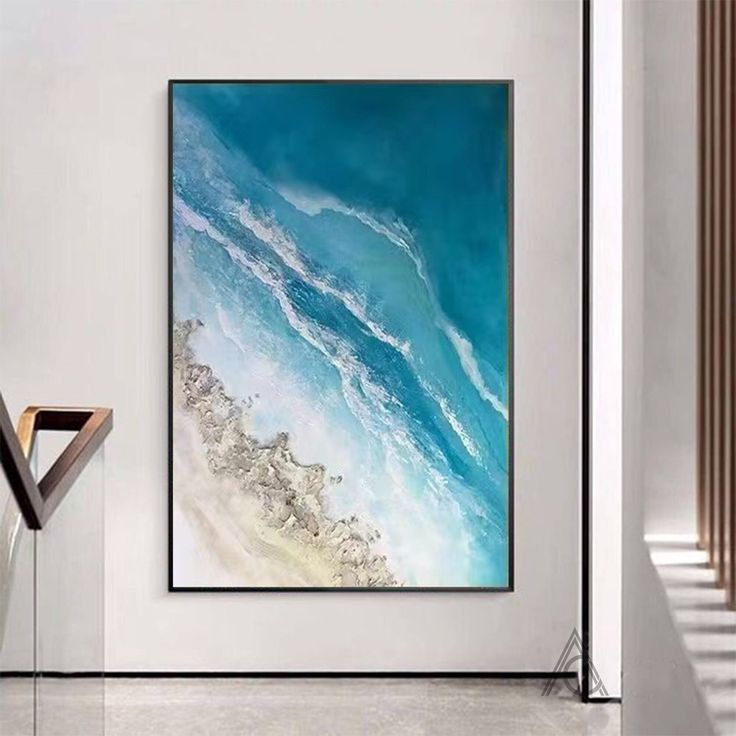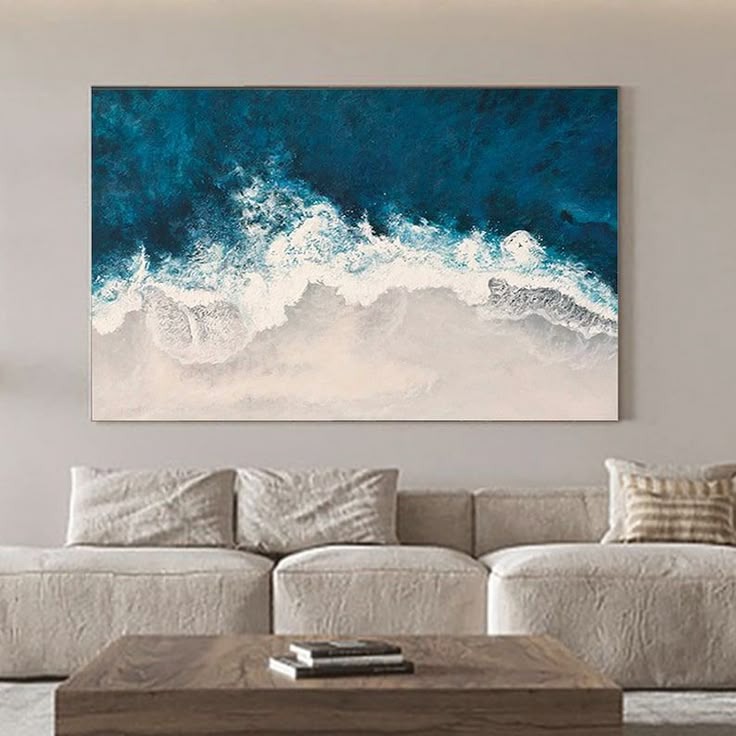No products in the cart.: 0.00 $
Canvas Paintings: A Timeless Fusion of Art and Emotion

Canvas paintings have long stood as a testament to humanity’s enduring desire to create, express, and communicate through visual means. They are more than mere images captured on fabric. They represent windows into the soul, records of history, and reflections of society. From ancient frescoes to contemporary abstract works, canvas art remains a central pillar in the world of visual expression, appreciated by collectors, interior designers, and everyday admirers alike. Its evolution over the centuries reveals not only technical advancements but also shifting cultural values and the unchanging power of emotion.
The origin of canvas as a painting medium traces back to the Renaissance, when European artists began transitioning from wooden panels to cloth for practical and artistic reasons. Canvas, typically made from linen or cotton, offered a more lightweight and flexible alternative, allowing larger artworks to be created and transported more easily. This innovation changed the trajectory of art history, opening new possibilities for both artists and patrons. Unlike wall frescoes that were fixed and immovable, canvas paintings could travel across borders, making art more accessible and marketable.
As techniques improved, the artistic freedom afforded by canvas allowed for unprecedented experimentation. Oil paints, with their rich textures and slow drying times, became a perfect match for canvas surfaces, enabling artists to develop complex layers, shadows, and light effects. The works of masters like Leonardo da Vinci, Rembrandt, and Caravaggio were elevated by this medium, allowing for dramatic contrasts and lifelike detail. Canvas became synonymous with high art, associated with genius and refinement.
Yet canvas art was never limited to the elite. Over time, it began to infiltrate domestic spaces, public buildings, and community centers, bringing beauty and introspection to the everyday. With the rise of the middle class during the Industrial Revolution, more people gained the means to purchase or commission art. Canvas paintings became a symbol of taste and sophistication, adorning parlors and salons, and later, modern apartments and office lobbies. Their presence often conveyed a sense of culture, curiosity, and aesthetic consciousness.
The subject matter of canvas paintings has also shifted in tandem with societal changes. Early works frequently focused on religious themes, royal portraits, and mythological narratives. These paintings served as tools of education, devotion, and political messaging. However, with the Enlightenment and the rise of individualism, artists began to explore more personal and secular subjects. Landscapes, still life compositions, and scenes of daily life gained prominence, revealing a growing interest in the natural world and human experience.
The modern and contemporary eras brought radical changes to canvas art. Movements such as Impressionism, Cubism, Surrealism, and Abstract Expressionism challenged traditional notions of representation. Artists like Claude Monet, Pablo Picasso, Salvador Dalí, and Jackson Pollock used canvas not just as a surface but as a stage for innovation and rebellion. Their works blurred the line between subject and form, forcing viewers to question meaning and embrace ambiguity. Canvas, in this context, became a site of philosophical inquiry as much as visual pleasure.
In the digital age, canvas paintings continue to hold significance, even as screens dominate much of visual culture. While digital prints and virtual galleries offer new forms of art engagement, the tangible, textured presence of a canvas painting remains unmatched. The physicality of paint, the visible brushstrokes, and the depth of layered pigments evoke a sense of intimacy that digital images often lack. For many, owning a canvas painting is about more than aesthetics. It is about connection, authenticity, and the enduring presence of the human hand.
Interior design has also played a vital role in the resurgence of canvas art in modern homes. Contemporary consumers seek décor that reflects personal style and emotional resonance. Canvas paintings offer this in abundance. Whether abstract or realistic, colorful or monochromatic, they can transform a space, anchor a design concept, or spark conversation. Minimalist interiors may feature large, bold canvases as focal points, while eclectic spaces may embrace smaller, clustered works that tell a story. Canvas paintings bridge the gap between art and environment, making the personal visible and the invisible felt.
Another compelling aspect of canvas art is its therapeutic and emotional impact. Studies have shown that visual art can reduce stress, enhance mood, and stimulate cognitive function. The act of viewing a canvas painting, engaging with its colors, forms, and themes, can provide a moment of contemplation and calm. For creators, the process of painting on canvas is equally restorative, offering a means of processing emotion, exploring identity, and achieving self-expression. In hospitals, schools, and wellness centers, canvas art is increasingly recognized as a tool for healing and inspiration.
The commercial landscape of canvas art has also diversified. With the rise of online platforms, independent artists can now reach global audiences without the need for gallery representation. Consumers can browse thousands of canvas works from their devices, commissioning custom pieces or supporting emerging talents. This democratization of art ownership has made canvas paintings more accessible than ever, allowing individuals to curate their environments with intention and individuality.
Despite its deep historical roots, canvas painting continues to evolve with contemporary trends and technologies. Mixed media works incorporate materials such as textiles, paper, and even digital elements onto canvas, pushing the boundaries of the medium. Eco-conscious artists experiment with sustainable paints and recycled fabrics, blending environmental responsibility with creative vision. As societies grapple with issues of climate change, identity, and social justice, canvas art becomes a powerful vehicle for commentary and change. Its tactile nature contrasts with the ephemeral quality of digital media, grounding messages in material form.
Cultural diversity further enriches the canvas art landscape. Around the world, artists bring unique perspectives shaped by heritage, geography, and tradition. African, Asian, Indigenous, and Latin American artists reinterpret canvas art through the lens of their communities, challenging Western-centric norms and broadening the definition of artistic excellence. Their works introduce new symbols, techniques, and narratives, fostering cross-cultural understanding and respect. The global dialogue that canvas art facilitates is not just about beauty but about belonging and voice.
In educational settings, canvas painting remains a crucial tool for developing visual literacy and creative skills. Art programs in schools encourage students to experiment with canvas, teaching them about color theory, composition, and self-expression. Through painting, young people learn to observe, interpret, and innovate. These experiences nurture critical thinking and emotional intelligence, preparing students for a world that values imagination and adaptability. The skills gained through engagement with canvas art extend far beyond the studio, influencing careers, relationships, and civic life.
As we move forward into an increasingly digitized and fast-paced future, the enduring presence of canvas paintings offers a reassuring counterbalance. They remind us of the value of stillness, the importance of craft, and the richness of human emotion. They invite us to pause, to look deeply, and to feel. Whether displayed in grand museums or humble apartments, canvas artworks continue to inspire, provoke, and connect.
The story of canvas painting is, ultimately, a story of resilience and reinvention. It is the story of how humanity has found ways to capture the fleeting, to immortalize the invisible, and to turn emotion into form. In every brushstroke lies a trace of thought, a whisper of the artist’s presence, and a spark of the viewer’s imagination. This dynamic exchange between creator and observer keeps the tradition of canvas painting alive, vibrant, and ever-relevant.
From its humble origins to its prominent place in the global art scene, the canvas painting stands as a bridge between past and present, between the individual and the collective. It is a universal language that speaks not only through images but through silence, through feeling, and through time.



